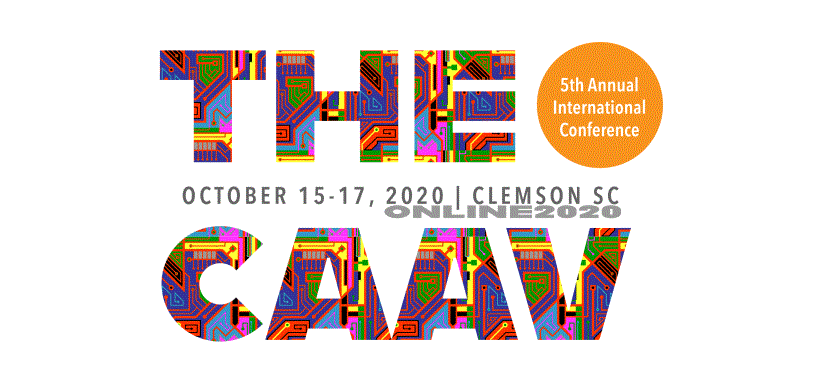Event Title
STRIPE Online: Immersive Training for the Print Industry
Loading...
Location
Clemson, SC
Start Date
16-10-2020 11:10 AM
End Date
16-10-2020 11:35 AM
Presentation Type
Presentation
Description
The Sonoco Institute at Clemson University has been developing VR and AR solutions for the printing and packaging industries since 2014. Our latest initiative is an interactive print lab for workforce development and recruitment called STRIPE (Simulated TRaining & Immersive Print Education). Through the support of industry partners, we’re creating an educational tool to help high school and tech school students learn the basic concepts behind commercial printing. We want to use the inherently fun and engaging nature of VR to generate interest in careers in commercial printing while teaching the fundamental skills that our industry partners are looking for in prospective employees. VR provides a cost-effective, zero-waste and scalable training platform where users can operate presses and practice with the tools found in traditional pressrooms, without risk. StripeVR is an industry wide effort, and will be provided to schools and educators for free.
The age of COVID has brought about some changes to our initial goal of creating a VR only training tool. With distance learning becoming the new normal for most students, access to traditional print labs and equipment has become impossible for most. Even though our VR training tool is still in early development, we felt the need to provide something for educators during this time. We have temporarily pivoted to providing a web based version of our tool to print educators around the world. Our team has been working all summer to convert our VR simulation to a more gamified 2D experience. Now we have over 35 educators around the world actively testing the software and using it in their classrooms. The feedback from this experience has been invaluable in focusing our development efforts on what is most needed by print educators today, and lessons learned in the process only made our system better.
STRIPE Online: Immersive Training for the Print Industry
Clemson, SC
The Sonoco Institute at Clemson University has been developing VR and AR solutions for the printing and packaging industries since 2014. Our latest initiative is an interactive print lab for workforce development and recruitment called STRIPE (Simulated TRaining & Immersive Print Education). Through the support of industry partners, we’re creating an educational tool to help high school and tech school students learn the basic concepts behind commercial printing. We want to use the inherently fun and engaging nature of VR to generate interest in careers in commercial printing while teaching the fundamental skills that our industry partners are looking for in prospective employees. VR provides a cost-effective, zero-waste and scalable training platform where users can operate presses and practice with the tools found in traditional pressrooms, without risk. StripeVR is an industry wide effort, and will be provided to schools and educators for free.
The age of COVID has brought about some changes to our initial goal of creating a VR only training tool. With distance learning becoming the new normal for most students, access to traditional print labs and equipment has become impossible for most. Even though our VR training tool is still in early development, we felt the need to provide something for educators during this time. We have temporarily pivoted to providing a web based version of our tool to print educators around the world. Our team has been working all summer to convert our VR simulation to a more gamified 2D experience. Now we have over 35 educators around the world actively testing the software and using it in their classrooms. The feedback from this experience has been invaluable in focusing our development efforts on what is most needed by print educators today, and lessons learned in the process only made our system better.


